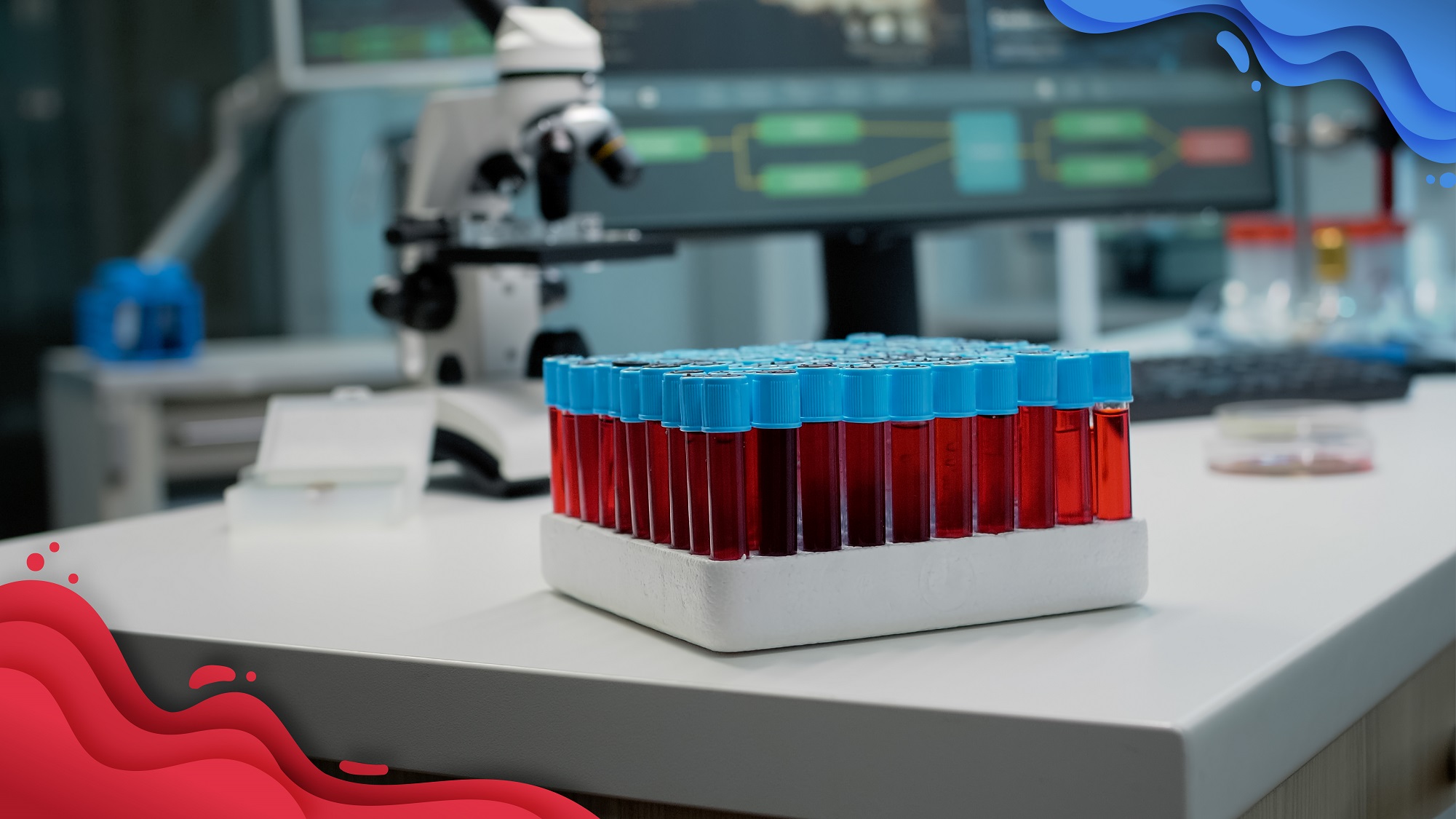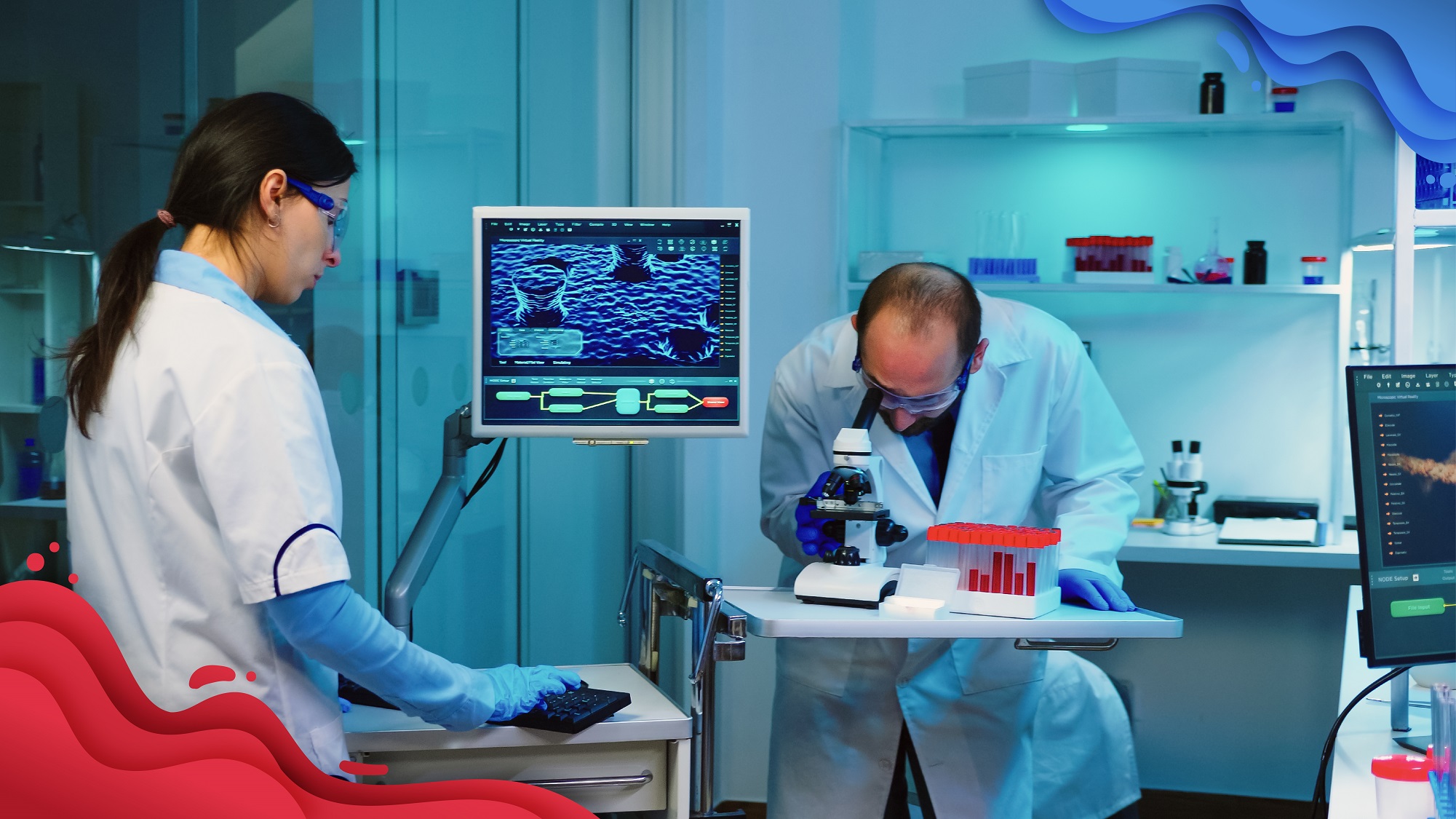The purpose of a blood culture test is for diagnosing infections in the bloodstream known as ‘bacteremia’ or ‘septicaemia’. They are serious conditions that occur when bacteria or fungi enter the bloodstream and spread throughout the body. Multiple organs and systems are affected, leading to severe complications if not treated promptly. A blood culture identifies the specific type of microorganism causing the infection.
Avigna Diagnostics is a certified blood culture test diagnostic centre in Hyderabad. Our technicians go through medical procedures to identify the problems a blood culture of a patient might have.
Through this important information, the blood culture test explanation for patients’ is provided. Consult your doctor to know more and visit us if he prescribes this test.
The following symptoms may indicate a bloodstream infection.
- Fever
- Fatigue
- Decreased urination
- Chills
- Nausea
- Confusion
- Rapid heartbeat
In severe cases, bloodstream infections can lead to:
- Infections in other parts of the body (e.g., pneumonia, meningitis)
- Decreased blood pressure (hypotension)
- Blood clots
- Organ failure
Patients at high risk
This test is critical for some patients. These include:
- Diabetics
- HIV infected
- Cancer
- Autoimmune disease
If a patient does not have any of these medical conditions, they the risk may be due to:
- A recent infection
- Surgical procedure in the hospital
- Prosthetic heart valve replacement
- Individuals undergoing immunosuppression therapy
Blood culture test for infections
Patients with conditions may need more care and hence, the importance of blood culture test is prescribed by doctors. When the patient comes to the lab for the test some procedures are followed to check for the pathogens.
A blood culture involves collecting a blood sample and testing it for the presence of bacteria or fungi. The lab technician will insert a needle into a vein in the arm to draw a small amount of blood. This sample is mixed with a specific culture medium that promotes the growth of microorganisms. If bacteria or fungi are present in the blood, they will multiply and become visible in the culture.
It usually takes about 72 hours for the results to become available. A positive result indicates the presence of bacteria or fungi in the blood, while a negative result suggests that no infection was detected. In some cases, multiple blood cultures may be taken to increase the chances of detecting an infection.
If a blood culture is positive, it is crucial to identify the specific type of microorganism involved so that appropriate treatment can be initiated. Treatment for bloodstream infections typically involves intravenous antibiotics or antifungal medications. These infections are serious and often require hospitalisation for close monitoring and treatment.
Choosing a reputable diagnostic laboratory is essential for accurate and timely blood culture results. A qualified laboratory will follow standardised procedures to ensure the reliability of the test. Additionally, consulting with a healthcare provider is important for interpreting the results and determining the appropriate course of treatment.
By seeking prompt medical attention and undergoing blood culture testing, individuals with suspected bloodstream infections can increase their chances of a favourable outcome.
Related Keywords:
Bblood Tests, Blood Culture, Blood Culture Test, Bloodstream, Diagnostic Laboratory











Comments by admin